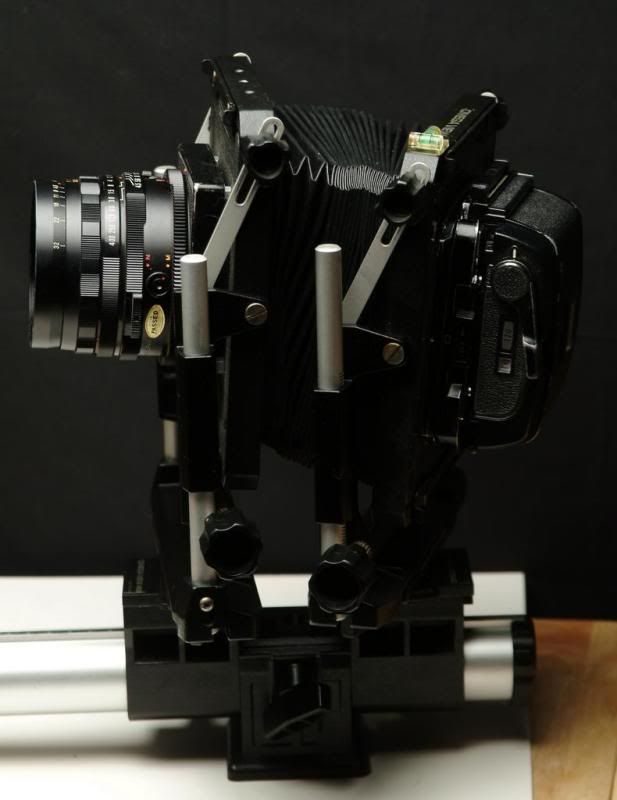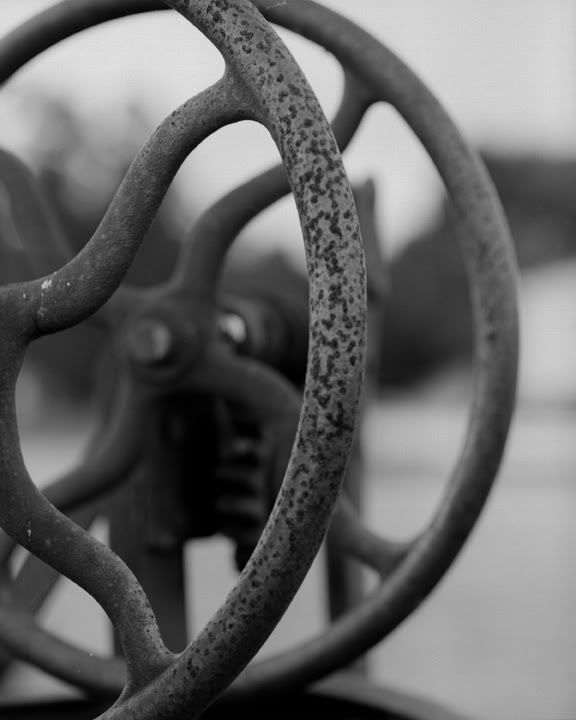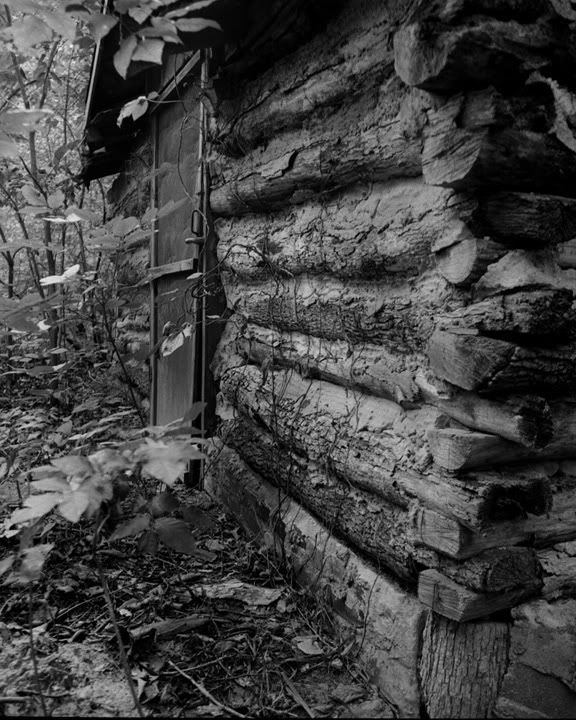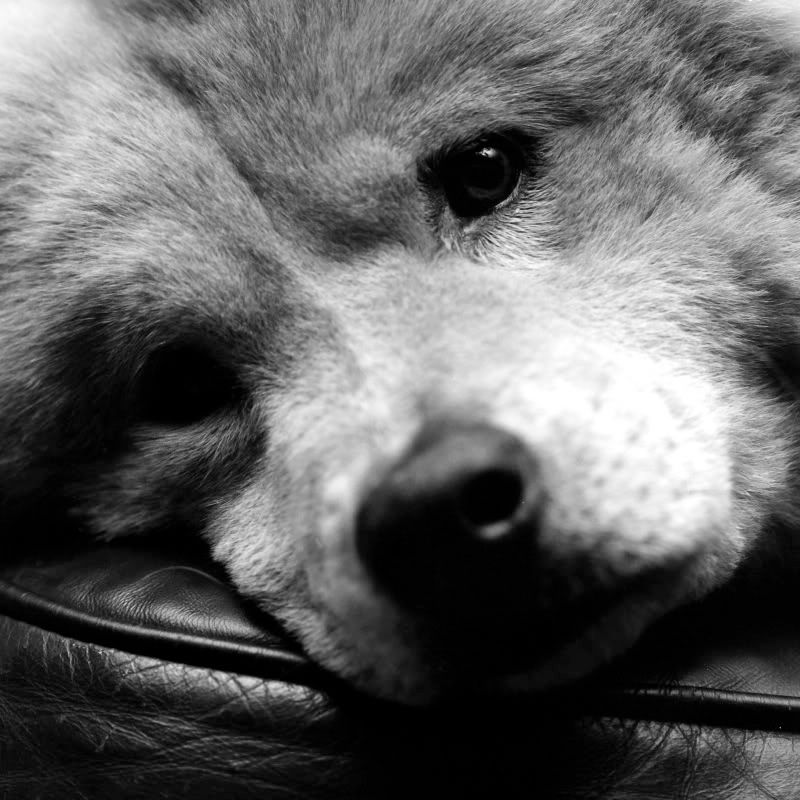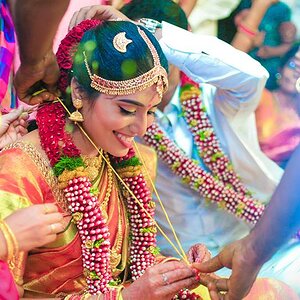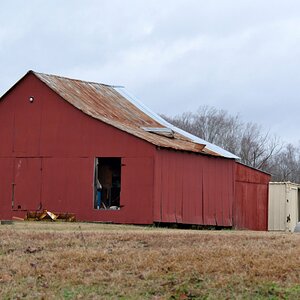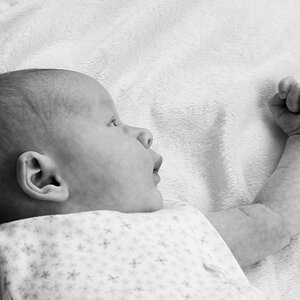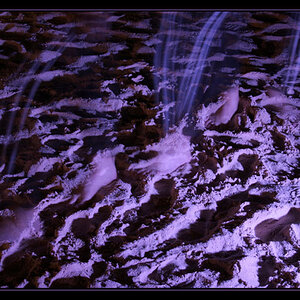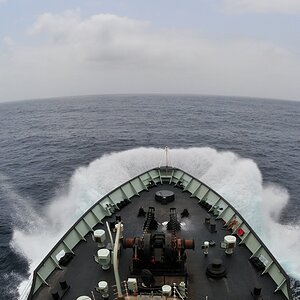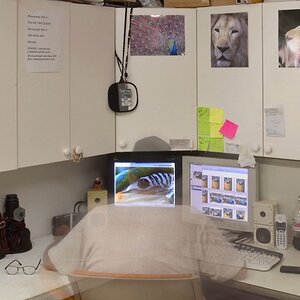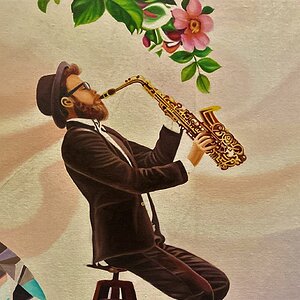Hey I'm looking to get into Medium Format photography and I've been browsing this forum for a while now and all of you guys seem pretty knowledgeable about all things pertaining to cameras...so if you don't mind, I'd like to request some information.
I'm looking to buy a Mamiya for sure...either a C220, C330, RB67, or 645. And I'm curious if someone would be able to just run down my list and explain a bit about each camera -- a general overview, some specifics, and then accessories (viewfinders/prisms, grips, etc) I would need for it. And what are motor drives??etc
Also, which camera would take better pictures? -- in terms of which camera has the best lenses?
I've looked for this information on the internet but I've not been able to find the answers I'm looking for.
Anyways, I look forward to receiving a response. Thank you in advance for your time.
I'm looking to buy a Mamiya for sure...either a C220, C330, RB67, or 645. And I'm curious if someone would be able to just run down my list and explain a bit about each camera -- a general overview, some specifics, and then accessories (viewfinders/prisms, grips, etc) I would need for it. And what are motor drives??etc
Also, which camera would take better pictures? -- in terms of which camera has the best lenses?
I've looked for this information on the internet but I've not been able to find the answers I'm looking for.
Anyways, I look forward to receiving a response. Thank you in advance for your time.


